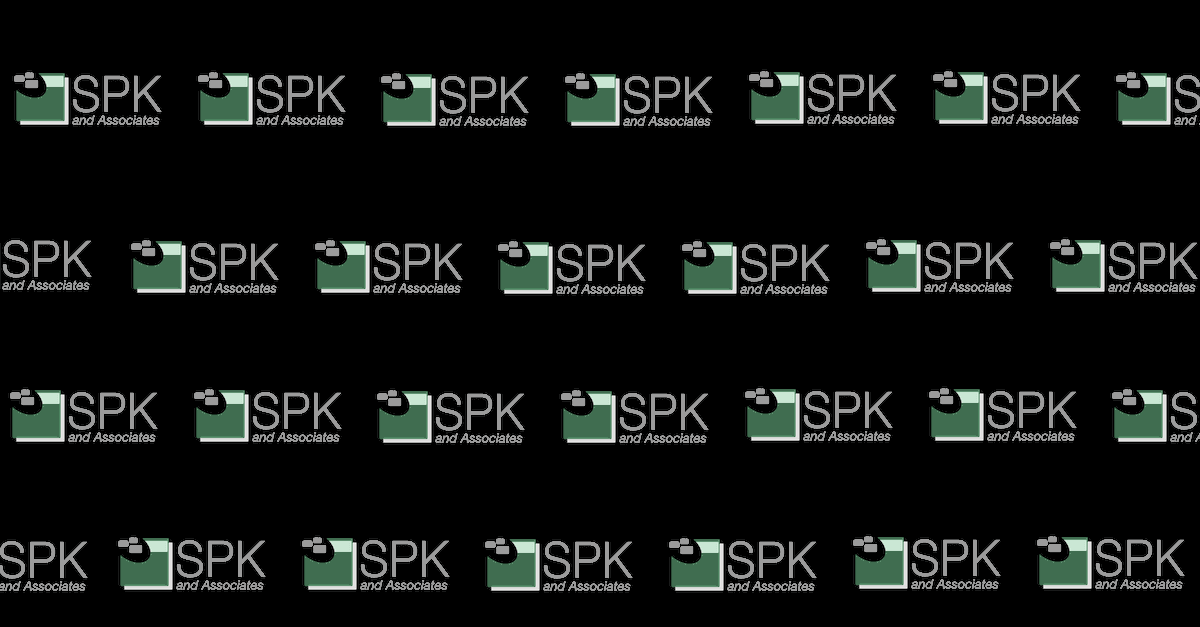It’s easy to get caught up the task at hand — more so if its something you find interesting. But over the years, more and more papers are being published on the hazards of non-stop work, from eye strain to carpal tunnel, there are countless pitfalls to sitting in front of a computer all day long. If this describes your lifestyle and you haven’t experienced any side effects, count yourself lucky!
If you have to work continuously in front of a computer screen — whether for software engineering or providing IT services — here are some problems and tips that can help prevent common injuries. Yes these really are injuries, as strange as it is to think of it in those terms — anything that causes damage to you, whether short term or long term is an injury! And no, being stubborn and pushing through them isn’t going to make it better.
Eye Strain
Its easy to overlook this side effect and the results can be subtle but debilitating. Common side effects include: headaches/migraines, dizziness, anxiety, dark spots in your vision, light sensitivity to name a few.
Fortunately there are a lot of preventative measures that can be taken for eye strain. In the age of the LCD monitor, reducing the resolution on the screen below its native resolution is generally frowned upon. The reason for this involves some math and the end result is usually a blurry image rather than just the larger text you may have been after.
There are several solutions to this, some work better than others. For instance, most operating systems have the ability to change the size of the items on the screen without sacrificing the clarity of the text and images. The downside to this is that not all applications play well with this setting. Generally, this shows up with either older applications or applications that depend on certain constants (like the size of the title bar in a window etc.)
In Windows, you can find this setting in the Display options (you can also use the ‘magnifier’ tool to enlarge certain portions of the screen.) OS X has similar settings in the Control Panel as well. Most commercial applications that involve a lot of text have the ability to make these changes within the application itself. The other solution is to buy yourself a larger display — but keeping an eye on the resolution. A 30 inch screen at 1920×1200 has a much smaller DPI than a 17 inch screen of the same resolution. That said, you’ll probably want to sit further away from the screen.
Carpal Tunnel Syndrome
We’ve all heard of this at one point or another, and a lot of surprising things can cause it. The Carpal
 Tunnel is actually a portion of your wrist where the median nerve runs through. The median nerve runs the length of the arm, through the carpal tunnel and ends in the hand. It controls some of the thumb movement as well as giving sensation to most of your fingers (see WebMD for more info).
Tunnel is actually a portion of your wrist where the median nerve runs through. The median nerve runs the length of the arm, through the carpal tunnel and ends in the hand. It controls some of the thumb movement as well as giving sensation to most of your fingers (see WebMD for more info).
Carpal Tunnel Syndrome is caused by pressure being applied to this nerve or anything causing the carpal tunnel to reduce in size, be it swelling or directly applied pressure – i.e. using a keyboard all day. Other causes may surprise you, like smoking as it can reduce blood flow to the nerve.
Prevention of this — at least in reference to prolonged computer activity — can include things like decent wrist pads, taking note of proper ergonomics (talk to your IT or Facilities department), trying to keep your hands relaxed and in a neutral position.
RSI – Repetitive Stress Injury
While Carpal Tunnel Syndrome certainly fits into this category, sitting for long periods of time can also lead to injuries in your back as well as causing circulation problems.
Almost all of the above can be at least mostly mitigated by taking frequent and active breaks. Get up and go walk around the cube farm. Your health is a delicate balance, and its easy to upset. I know, taking a break can cause you to lose your place or train of thought, but it can also be a way to break a cycle and get you out of a particular thought process that you’re stuck on. Taking a break is highly undervalued and while there are many different opinions on how often you take a break and what you should do during that break, just getting up and stretching every so often is better than nothing at all.
It might also help to note that there are a variety of applications out there that will remind you to take a break. A quick Google search will result in a plethora of apps with this specific purpose in mind.
Finally, go see your doctor. If you’re already experiencing symptoms of any of the above, you may need to start being more proactive. Especially with Carpal Tunnel Syndrome as it can have long lasting effects if not treated properly.
Next Steps:
- Contact SPK and Associates to see how we can help your organization with our ALM, PLM, and Engineering Tools Support services.
- Read our White Papers & Case Studies for examples of how SPK leverages technology to advance engineering and business for our clients.






